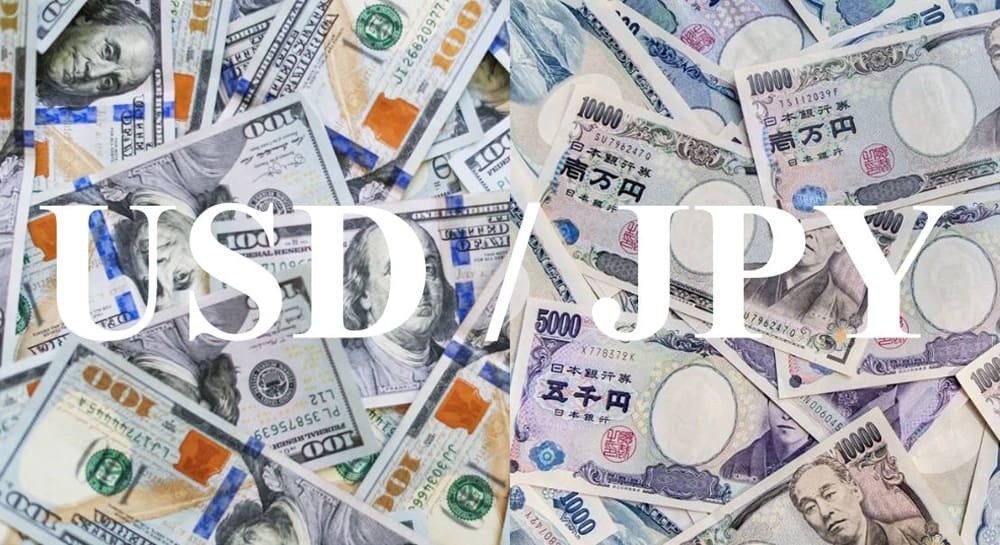The USD/JPY pair experienced a notable increase, surpassing the 150 mark and hitting 153.27, the highest point in eight months. However, it subsequently pulled back to finish the week around 151.12, reflecting a gain of 2.49%. The decision was influenced by a blend of political and macroeconomic factors—most notably, Sanae Takaichi’s success in Japan’s LDP leadership contest, the Bank of Japan’s accommodative approach, and increasing demand for the U.S. dollar in the context of global trade challenges. However, the increasing uncertainty stemming from the LDP–Komeito coalition breakup and the persistent U.S. government shutdown has rendered the pair susceptible to volatility, as traders assess the sustainability of this rally throughout the week. Sanae Takaichi’s rise within Japan’s ruling party has reinforced expectations for the persistence of ultra-loose monetary policy, leading to a significant selloff of the yen. Her public endorsement of sustaining negative interest rates and postponing any quantitative tightening propelled speculative flows into the dollar. The USD/JPY pair’s rise above 153 indicates a strong market belief that BoJ Governor Kazuo Ueda will continue to exercise caution regarding tightening measures, even in the face of increasing inflationary pressures.
However, the dissolution of the LDP–Komeito coalition has introduced additional political risk. Should Takaichi fail to secure a majority, her capacity to maintain dovish fiscal and monetary coordination could diminish, potentially limiting USD/JPY’s upside. The Nikkei’s unprecedented surge past 42,000 points indicates a surge of short-term optimism; however, potential political instability may negate these gains if the Bank of Japan adopts a hawkish stance or if the coalition continues to be divided as we approach late October. Attention is now focused on Japan’s machinery orders data set to be released on October 16, with expectations for a rebound of +0.5% month-on-month following a significant decline of -4.6% in July. A more robust report would enhance business sentiment and expectations for wage growth—elements that could support a Bank of Japan rate increase prior to the end of the year. On the other hand, an additional contraction would strengthen Ueda’s dovish stance, prolonging yen weakness and maintaining USD/JPY above 150.50. Japan’s core inflation persists at over 2.7%, whereas household spending has decreased by 2.5% year-over-year, indicating a consumption squeeze despite increases in wages. The Bank of Japan is navigating the challenging interplay between managing inflation and ensuring economic stability. Market participants anticipate that Ueda’s forthcoming comments will dictate whether the pair revisits 153.27 or stabilizes near 150.00.
The ongoing fiscal paralysis in the U.S. is creating uncertainty for investors. The seventh unsuccessful Senate vote on the stopgap funding bill has resulted in the continuation of the government shutdown, postponing essential reports including CPI, payrolls, and jobless claims. The absence of data has constrained insight into Federal Reserve policy; however, Fed Chair Jerome Powell’s speech on October 14 is anticipated to offer essential direction. Should the shutdown persist past next week, market participants expect the Fed may adopt a more dovish stance, factoring in possible rate reductions in Q4. The current futures markets indicate a 64% likelihood of a rate cut by December, an increase from the 42% observed a week prior. Nonetheless, robust U.S. inflation or retail sales figures may challenge that perspective—retail sales are projected to increase by 0.4% in September, building on August’s +0.6% rise, while core PPI is anticipated to be +2.9% YoY, marginally above the prior 2.8%. The interplay of these mixed dynamics renders the trajectory of the dollar uncertain. An increase in U.S. economic indicators may push USD/JPY closer to 155.00, whereas disappointing data and ongoing government impasse could lead to a decline toward 147.50.
The overarching macroeconomic environment is significantly influenced by Trump’s 100% tariff announcement on Chinese imports, a decision that has unsettled global risk markets. The U.S. 10-year yield decreased by 0.09 percentage points to 4.05%, whereas the 2-year yield declined to 3.52%. This movement indicates a shift towards safer investments and a reduction in expectations for imminent rate hikes. Dollar Index experienced a decline of 0.3% on Friday, whereas the yen saw an intraday strengthening of 1% before losing momentum as U.S. equities made a recovery. The dollar’s strength remains dependent on the variations in yield differentials. Despite the decline in Treasury yields, Japan’s interest rates continue to stay close to zero, maintaining the carry trade benefit that bolsters USD/JPY. The interest rate spread of approximately 400 basis points between U.S. and Japanese 10-year bonds continues to be among the widest on record, hindering any prolonged appreciation of the yen. USD/JPY Price Forecast – Remains Steady at 151.12 Following an Eight-Month Peak of 153.27

